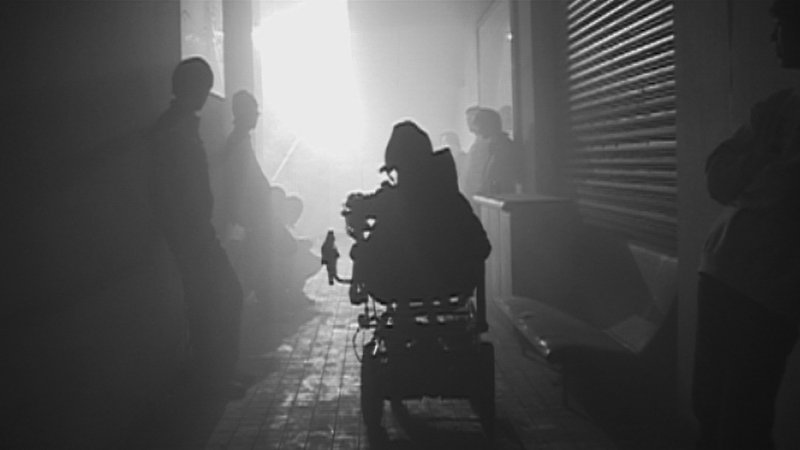This belligerent Japanese indie about the multi-handicapped Sumida, who develops a crush on his new teenage caregiver, offers a satisfying lack of anything patronisingly feel-good or life-affirming.

Screened as part of NZIFF 2005
Late Bloomer 2004
Osoi-hito
This energetic, belligerent Japanese indie about the multi-handicapped Sumida, who develops a crush on his new teenage caregiver, offers a satisfying lack of anything patronisingly feel-good or life-affirming. At first Sumida comes across as a strangely robotic figure: his limited motor functions restrict him to a wheelchair and he needs a voice synthesiser to communicate. But in fact Sumida is much more charming and outgoing than any narrow-minded first impressions indicate. He goes out to see his caregiver Take’s heavy metal band and loves to eat, drink and party. The arrival of another caregiver, college girl Nobuko, ignites romantic and sexual passions, but when Take takes an interest in Nobuko, jealousy sparks something dark and disturbing within Sumida… Shibata Go’s film provokes viewers to see beyond Sumida’s disability, indentify with his frustrations and desires, and witness the distressing consequences. The skronking electro-punk Boredoms-style soundtrack perfectly matches the disarming handheld immediacy of the monochrome visuals. — Michael McDonnell
"When I first met the star of the movie, Sumida-san, one of the first things we talked about was how society has a certain image of handicapped people. The typical film would show a crippled person overcoming great odds. We thought, ‘wouldn’t it be interesting to see a film about a handicapped killer?’ It was an incredibly vague idea at the time, but, it was something that we’d come up with together and it was enough to find a financial sponsor for the film… We were filming as we were researching. That’s why filming took up the first year and a half. But the problem was, we run out of money right after that and for two years we couldn’t do anything. However, during this time I thought a lot about what we’d shot, the story, and what we needed… From this I’d understand more about Sumida-san. You know, when we first started filming there was a large amount of distance between Sumida-san and me. But during the year and a half that we were shooting, the distance became less and less and even though we didn’t have a script, we could talk about the story – work stuff out – and even add whatever was happening on set, whether it was tension or the like, to the film. In fact, if I had to say what one of the themes to this movie is, it would be the distance between Sumida-san and myself." — Shibata Go, interviewed by Nicolas Rucka, Midnight Eye